Pavilion of Prince TengTengwang pavilion
Tengwang Pavilion, one of the three famous buildings in the south of the Yangtze River, is located on the East Bank of Ganjiang River along the Yangtze River Road in the northwest of Nanchang City, Jiangxi Province. It was built in Yonghui, Tang Dynasty (653 A.D.). It was named after Li Yuanying, the brother of Li Shimin, Taizong of Tang Dynasty. It was also named after Wang Bo, the poet of the early Tang Dynasty, who wrote the poem "falling clouds and flying solitary birds, and autumn water are all in one colour." Leave a good name for a hundred generations.
In the thirteenth year of Tang Zhenguan (639 A.D.), Li Yuanying, the 22nd son of Tang Gaozu Li Yuan and the brother of Tang Taizong Li Shimin, was sealed up in Tengzhou, Shandong Province as King Teng. He built an attic in Tengzhou called "Tengwang Pavilion" (which has been destroyed). In the fourth year of Tang Xianqing (659 A.D.), Teng Wang, Li Yuanying, was transferred to the governor of Hongzhou in the south of the Yangtze River (now Southwest Changjiang). Because of his yearning for Tengzhou, he built the famous Tengwang Pavilion. Tengwang Pavilion has become an eternal classic because of Wang Bo's Preface to Tengwang Pavilion.
Tengwang Pavilion, together with Huanghe Tower in Wuhan, Hubei Province and Yueyang Tower in Hunan Province, is called "Three Famous Buildings in the South of the Yangtze River". Historically, the Tengwang Pavilion has been rebuilt 29 times, repeatedly destroyed and rebuilt.
On October 29, 2018, Tengwang Pavilion Tourist Area in Nanchang was approved by the Ministry of Culture and Tourism as a national AAAAA-level tourist attraction.
Tang Taizong Li Shimin's younger brother, Teng Wang Li Yuanying, was born in the imperial home and was edified by court life. "Painting and calligraphy, wonderful melody, butterfly-like, Fangzhu Tour, flying the green sparrow, singing and dancing in the pavilion." (Ming Chen Wencang's Renovation of Tengwang Pavilion)
According to historical records, Li Yuanying was named Tengzhou in Shandong Province during Zhenguan years, so he was Tengwang and built an attic named Tengwang Pavilion in Tengzhou.
In the third year of Yonghui (652 A.D.), Teng Wang, Li Yuanying, was transferred to the governor of Hongzhou in the south of the Yangtze River. The next year, he built a grand Pavilion in Hongzhou, still named Teng Wang Pavilion, which was known to later generations.
Historically, Tengwang Pavilion was located in Tengzhou, Shandong Province, Changsha, Jiangxi Province and Langzhong, Sichuan Province (in chronological order).
Overall appearance
Tengwang Pavilion has a net height of 57.5 meters and a building area of 13,000 square meters. Its lower part is a 12-meter high platform symbolizing the ancient city wall, which is divided into two levels. Pedestal
The main cabinet above takes the form of "bright, dark and seven". That is to say, from the outside, it is a three-storey corridor building, while from the inside there are seven storeys, namely, three bright storeys, three dark storeys, plus the equipment layer in the roof. All the tiles of the new pavilion are made of blue glazed tiles from Yixing. The Ridge Owl Kiss is a special imitation of the Song Dynasty, up to 3.5 meters. Gougou and dripping water are specially made tiles. Gougou is the word "Teng Ge Qiu Feng", while dripping water is the pattern of "solitary bird". Under the platform, there are two ladle-shaped man-made lakes connecting north and south. On the North lake, there are nine windy and rainy bridges.
Follow the north and south two stone steps to climb the first-class platform. On the north and South flanks of the first-class platform, there are five stone tablets inlaid on the wall of the first-class platform facing east on the Bilwa Corridor. In the middle is a long scroll stone tablet, which is composed of eight pieces of Han Baiyu. It is about 10 meters long and 1 meter high. Its periphery is edged with agate red marble. The inscription on the tablet is Han Yu's The Book of the New Tengwang Pavilion.
From the first level to the next level, that is, to the second level (symbolizing the pedestal of the city wall). There are 89 steps in the two levels, and the new cabinet was opened in 1989. There are three entrances from Gaotaideng Pavilion, the stone-level Jingbao Pavilion in the East and the high and low corridors in the north and south. In front of the building in the east, there is a bronze casting "Eight Eccentric" tripod. The tripod is made of white Chinese jade. The height of the tripod is about 2.5 meters. The lower part is a tripod, and the upper part is a round pavilion-like tripod with a cumulative cusp.
internal structure
Main Cabinet: The main Cabinet's Liang Huacai paintings adopt the Song-style color paintings in the "grinding jade dress" as the main tone, supplemented by "colorful full dress" and "Jielu Jiehua dress". All the beams and fangs in and out of the house are fitted with "milled jade" and "colorful" clothes.
Hall: Walking into the hall, you will see a white jade relief of Han Dynasty - "When the wind comes to deliver Tengwang Pavilion". This is based on Feng Menglong's famous story "Madang Shenfeng delivers Tengwang Pavilion" in "Awakening the World Hengyuan" in the Ming Dynasty.
Main Cabinet Level 1: There are four horizontal plaques under the eaves of the main Cabinet. The East is "magnificent and unique" Kowloon plaque, which is selected from Han Yu's "Records of the New King Teng Pavilion"; the west is "Next to No Land" plaque; the north and South corridors are two plaques under the eaves of "Jianjiang" and "Daihu".
Other floors: the West Hall on the first floor is the largest hall in the pavilion, and there is a gold plaque hanging in the middle of the Huanzhong of the Xiliang Dynasty, which is the first floor of the Xijiang River.
On the wall of the second floor main hall is the large acrylic mural Renjie Tu, which is 2.55 meters high and more than 20 meters long.
The third floor is the Ming Dynasty, which is surrounded by a corridor, and it is also an important level in the cabinet. The propylene mural Linchuan Dream, which has a wall of 2.8 m x 5.5 m in the middle hall, is based on the story of Tang Xianzu rehearsing "Peony Pavilion" in Tengwang Pavilion.
The fourth level mainly embodies the theme of "earth spirit". On the wall of the main hall is the acrylic wall, which is now "Di Ling Tu".
The fifth floor is also an open floor surrounded by a corridor. There are four gold plaques under the eaves of the corridor. The contents are from the Preface of Tengwang Pavilion.
The fifth floor is the highest open floor.
The sixth floor is the highest tourist level of Tengwang Pavilion. Between the eastern and Western eaves, a gold plaque of Su Dongpo's handwritten Tengwang Pavilion, which is 2 meters by 5 meters high, is hung.
Honorary evaluation
Tengwang Pavilion Scenic Spot was awarded the third batch of titles of "National Civilization Unit" by the Central Civilization Commission .
In 2001, it was awarded the first batch of national AAAA-level tourist attractions.
In 2004, it was appraised as a national key scenic spot.
In 2016, it was selected by the State Council as the national 5A-level historical scenic spot preparation list, and became the first scenic spot in Nanchang to enter the 5A-level alternative list.
In ancient times, Tengwang Pavilion was regarded as a auspicious geomancy building. The ancient folk saying goes, "Cut off the rattan and gourd, Yuzhang residue in the tower basement". "Teng" refers to Tengwang Pavilion; "gourd" is a treasure; "tower" refers to the golden tower of rope; "dike" means collapse; "Yuzhang" means Nanchang. The meaning of this ancient ballad is that if Tengwang Pavilion and Rope Golden Pagoda collapse, the talents and treasures in Yuzhang City will be lost, and the city will also fall, and no longer prosperous.
In the ancient customs of our country, the place where people live together needs geomantic architecture, which is generally the highest landmark building in the area. It gathers the spirit of heaven and earth and absorbs the essence of the sun and the moon. It is commonly known as "Wenbifeng". Tengwang Pavilion is situated on the Bank of Ganshui River. It was praised as a "fountain pen" by the ancients. The ancients said, "Wanshou Palace is for money and Tengwang Pavilion is for fortune". It can be seen that Tengwang Pavilion occupies a sacred position in the minds of the world, which has been highly valued and protected in all dynasties.
At the same time, Tengwang Pavilion is also the place where ancient classics and books are stored. In a sense, it is an ancient library. The feudal scholar-bureaucrats welcomed and invited guests to dinner here. Zhu Yuanzhang, the founding emperor of the Ming Dynasty, who was the emperor of the emperor of Heaven, once set up a banquet pavilion after winning the battle of Poyang Lake over Chen Youliang. He ordered ministers and scholars to write poems and watch the lights.
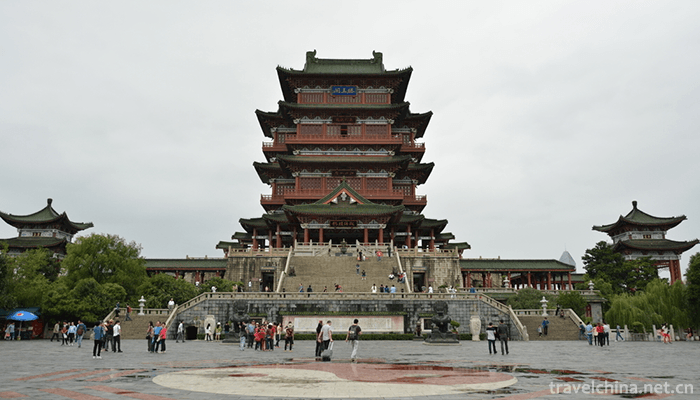
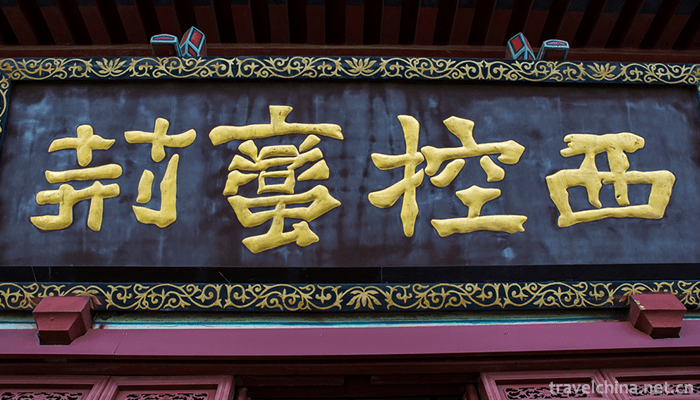
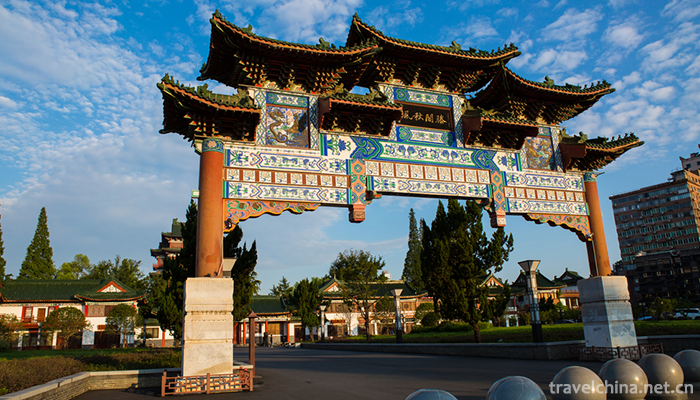
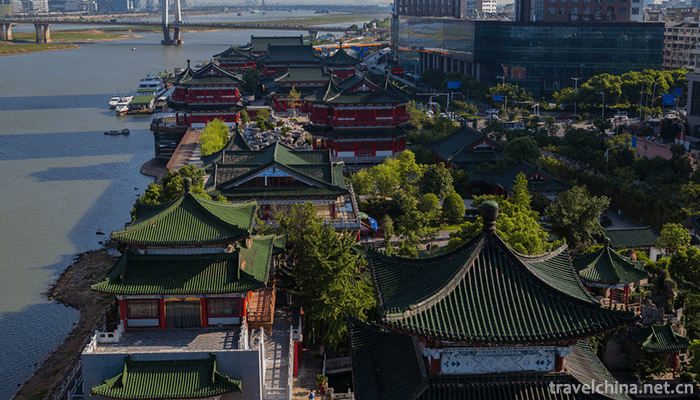
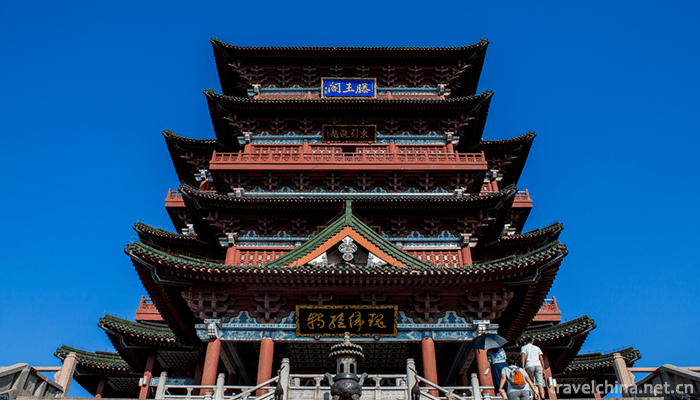
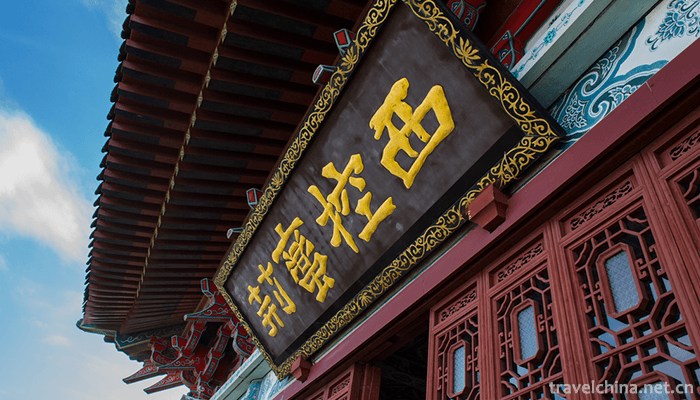
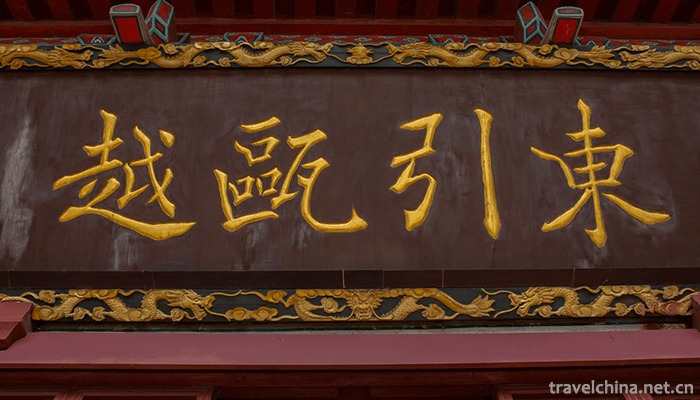
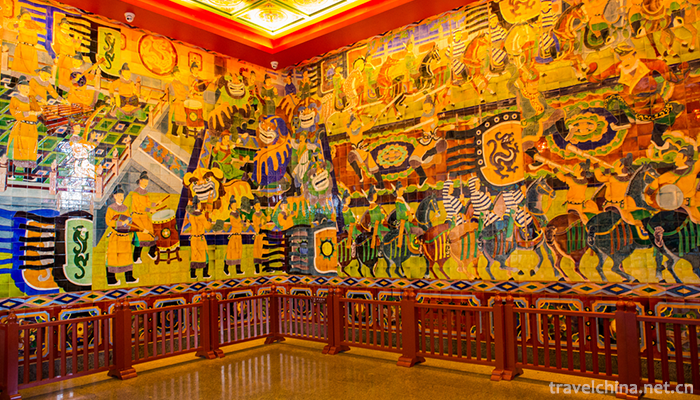
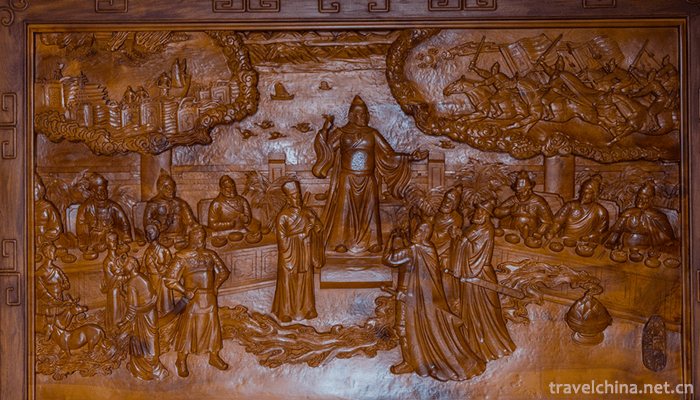
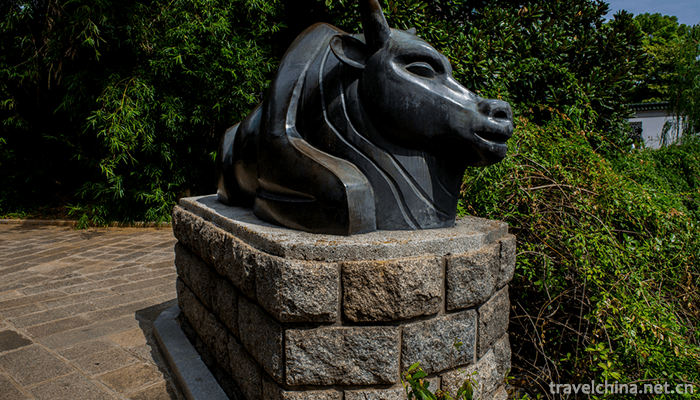
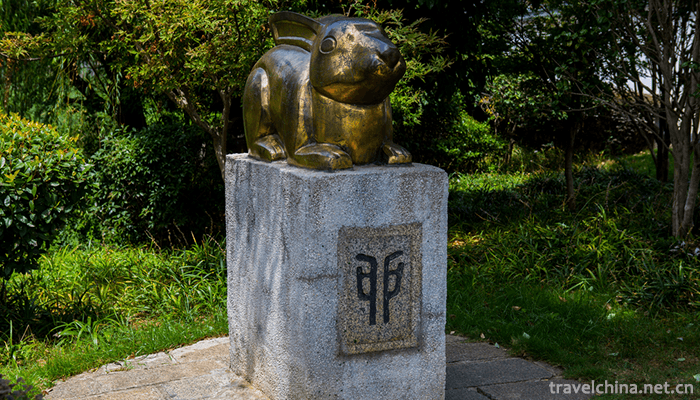
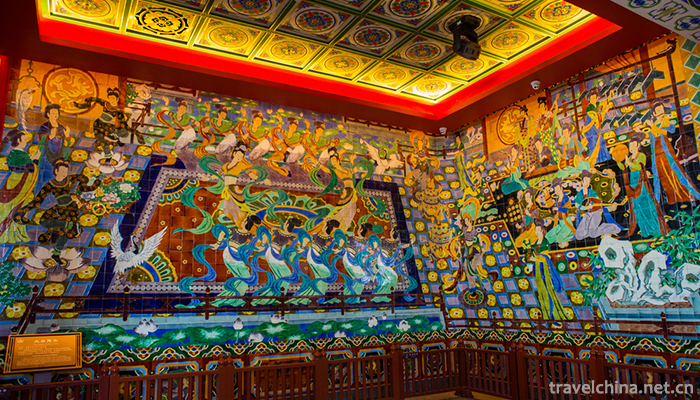
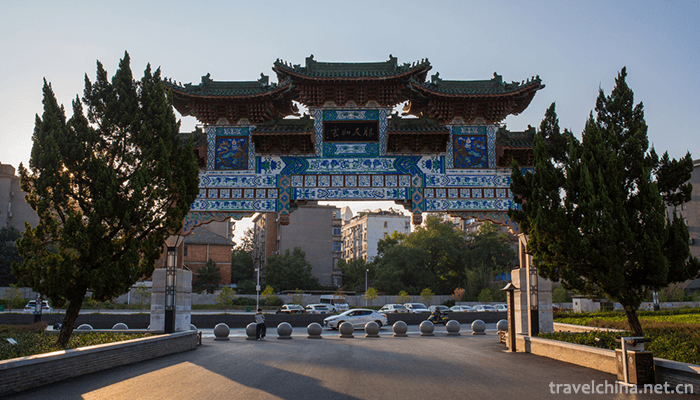
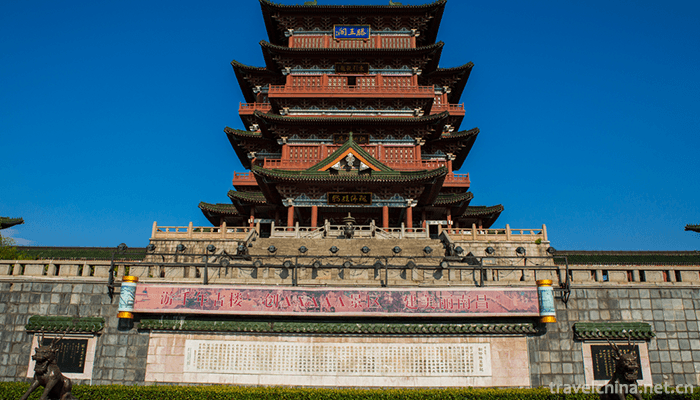
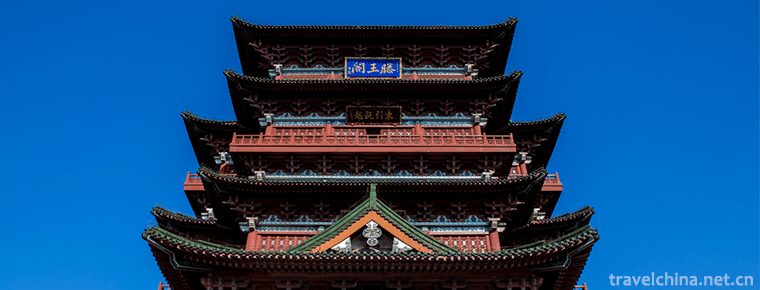
-
1.Sheshan State Forest Park
Shanghai Sheshan National Forest Park was approved by the Ministry of Forestry in June 1993. It is located in Songjiang, an ancient city in the western suburbs of Shanghai. It covers an area of 401 he
Time 2018-12-22 -
2.West Mountain Scenic Spot of Guiping
Guiping Xishan Scenic Spot, National AAAA Scenic Spot, National Geopark. Located in Guiping City, southeastern Guangxi Zhuang Autonomous Region, Xishan Scenic Spots 1 km away from the outskirts of the
Time 2019-01-13 -
3.Mudan River Side Wall
The Mudanjiang Side Wall was built in the Tang Dynasty, presumably at the junction of Mudanjiang City in Heilongjiang Province and the northeast of Hailin County.
Time 2019-02-07 -
4.Iron flower
Tiehua is a kind of fireworks which spread in the folk traditions of Henan and Jin Dynasties. It has a long history which can be traced back to the Spring and Autumn Period and the Warring States Peri
Time 2019-04-23 -
5.Drum Dance
Dance and drum dance is a kind of folk dance of Miao nationality in China. Miao people's "encouragement" has a long history. The written records of Miao people's drumming
Time 2019-05-01 -
6.Qixi Festival
Qixi Festival, also known as Qiqiao Festival, Qijie Festival, Daughter's Day, Qiqiao Festival, Qiniang Club, Qiaoxi Festival, Bull Bull Mother's Day and Shuangqi Festival, is a traditional Chinese fes
Time 2019-06-09 -
7.The Legend of Shun
Shun was born in Zhufeng Village, Yongji County. His surname is Yao and his name is Chonghua because of his double pupils. Soon after his mother gave birth, he died. His father married a stepmother an
Time 2019-06-16 -
8.Flower hopping shed
Dancing Huapeng, introduced from Fujian in Ming Dynasty, is an ancient traditional folk dance, belonging to Nuo dance. It has a fixed "Keben" (singing desk book), which is divided into 18 br
Time 2019-06-21 -
9.a type of Shaanxi Opera popular in the Weinan Dali region
Bowl-bowl tune is one of the local operas in Shaanxi Province, also known as "lamp-bowl tune" and "Ruan'er tune". The former is named for the main rhythm of the small copper bowl a
Time 2019-06-25 -
10.Fried peanuts
Fried peanuts is a dish made of peanuts and other materials. It belongs to the family dish and serves wine. When drinking, people often choose this dish as the next dish.
Time 2020-03-15 -
11.Nanchong City honor
"Three products" strategy demonstration city of consumer goods industry, charming city with Chinese characteristics, national garden city and excellent tourism city in China
Time 2020-12-17 -
12.Guangan economy
In 2019, the GDP of Guang'an City will reach 125.04 billion yuan, an increase of 7.5% over the previous year (the same below). Among them, the added value of the primary industry was 20.43 billion yuan, an increase of 2.8%; the added value of the secon
Time 2020-12-19